A Visit With Pete Chartier (Page One)
In Summary...
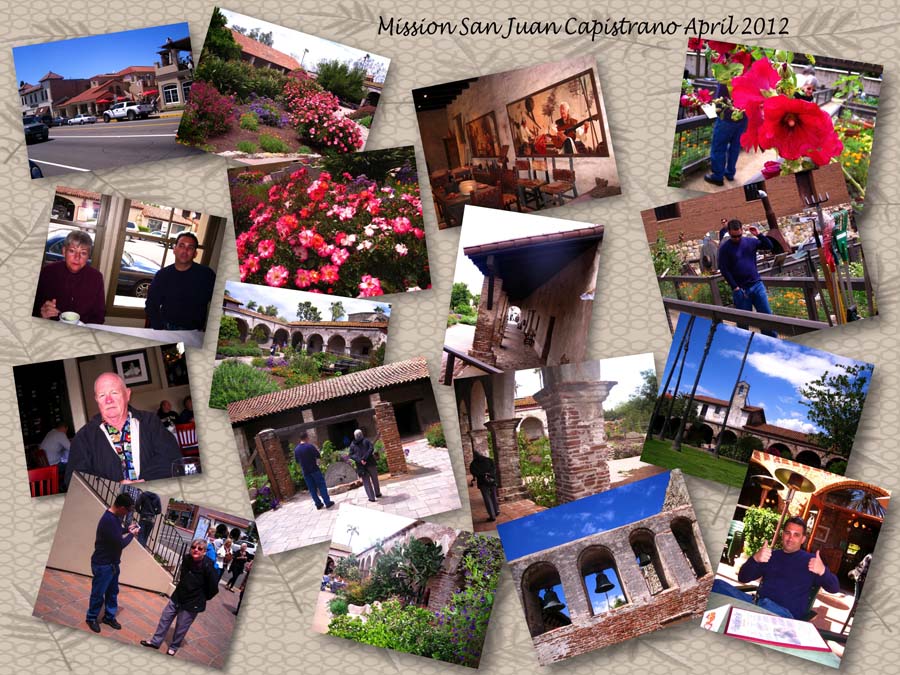
Click for the ful size (3200px by 2400px)
Let The Fun Begin

Sun Dried Tomato Restaurant.... Wow!

Ribs with dried tomatoes and goat cheese....

She is NOT drinking... We got her without lipstick

Yes... He does have a halo

We had dessert

The old man

Looks like a sharpee

Went home and burnt my books
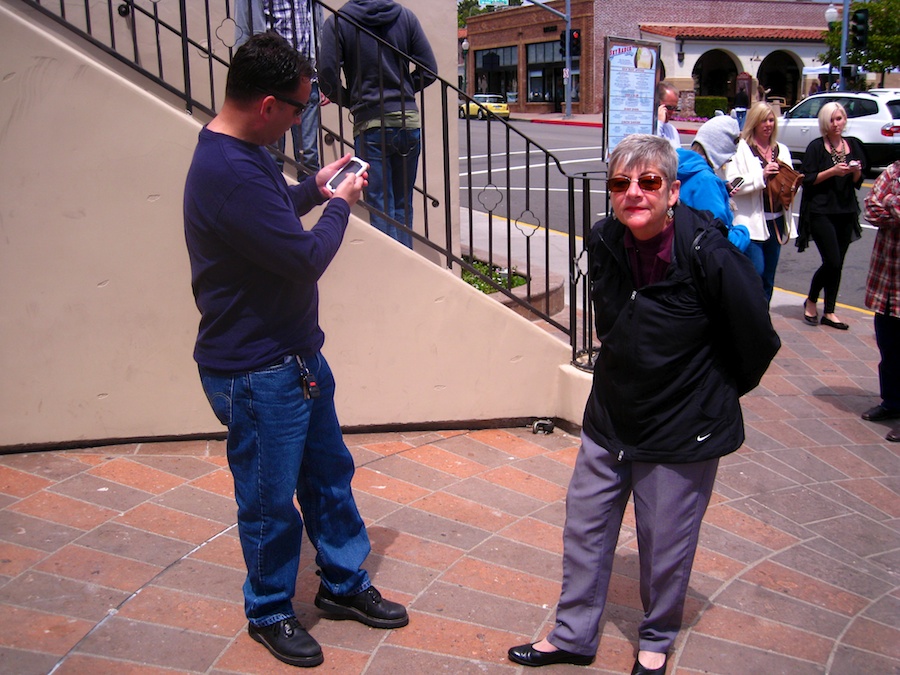
Let's go to the Mission
San Juan Capistrano Mission
Did You Know? - Mission San Juan Capistrano was a Spanish mission in Southern California, located in present-day San Juan Capistrano. It was founded on All Saints Day November 1, 1776, by Spanish Catholics of the Franciscan Order. Named for Giovanni da Capistrano, a 15th century theologian and "warrior priest" who resided in the Abruzzo region of Italy, San Juan Capistrano has the distinction of being home to the oldest building in California still in use, a chapel built in 1782; known alternately as "Serra's Chapel" and "Father Serra's Church," it is the only extant structure where it has been documented that the padre Junipero Serra celebrated mass.
One of the best known of the Alta California missions (and one of the few missions to have actually been founded twice—others being Mission San Gabriel Arcángel and Mission La Purísima Concepción)—the site was originally consecrated on October 30, 1775, by Father Fermín Lasuén, but was quickly abandoned due to unrest among the indigenous population in San Diego.

The fountain was full due to the recent rains
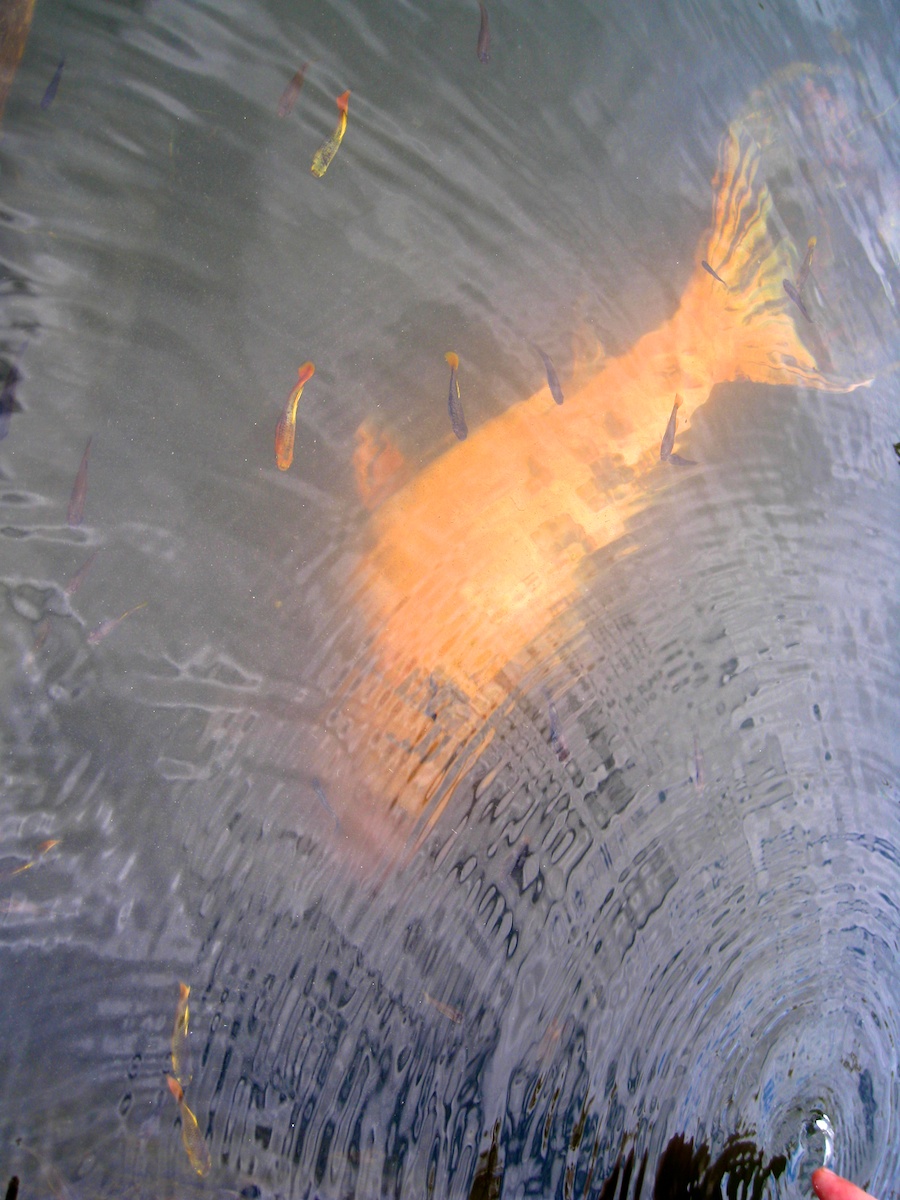
The "whale koi"
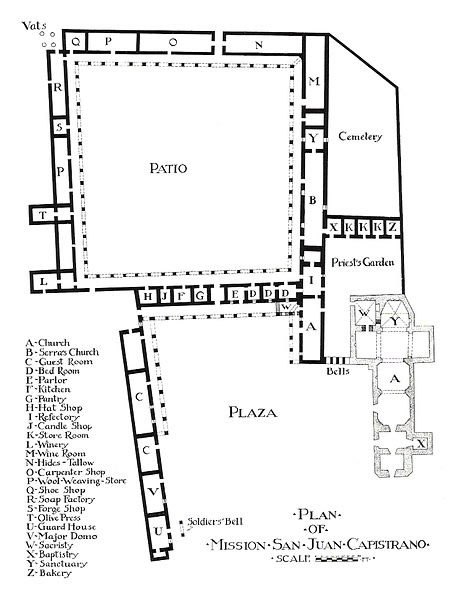
We are in the plaza

The flowers were super

Bright colors everywhere

Roses were magnificent

It had jus rained and everything was bright
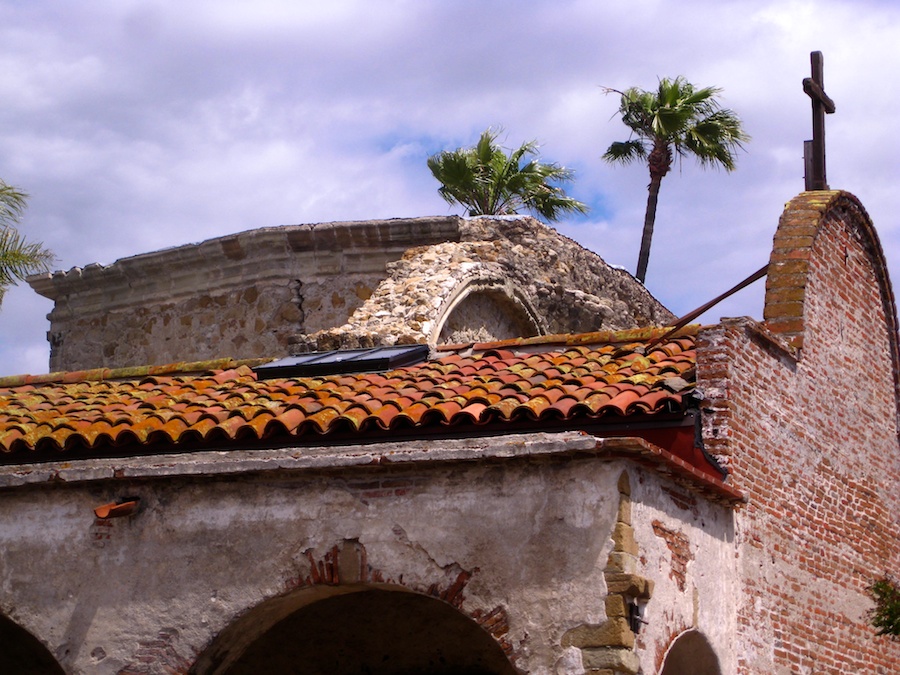

The arbors were in full bloom

Pete and Sue examine the old mill
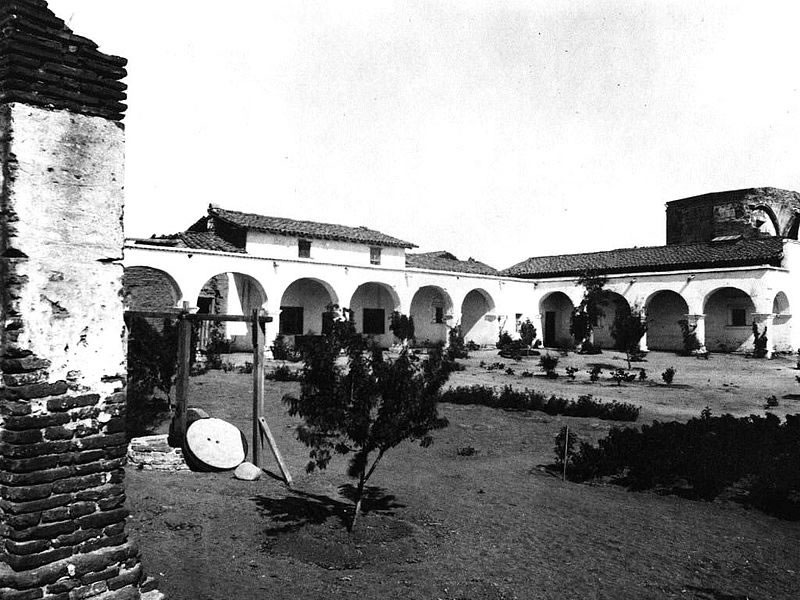
Circa 1896

Inside the movie ran telling of the story of San Juan Capistrano

The walls were three feet thick... No wonder they lasted 200 years
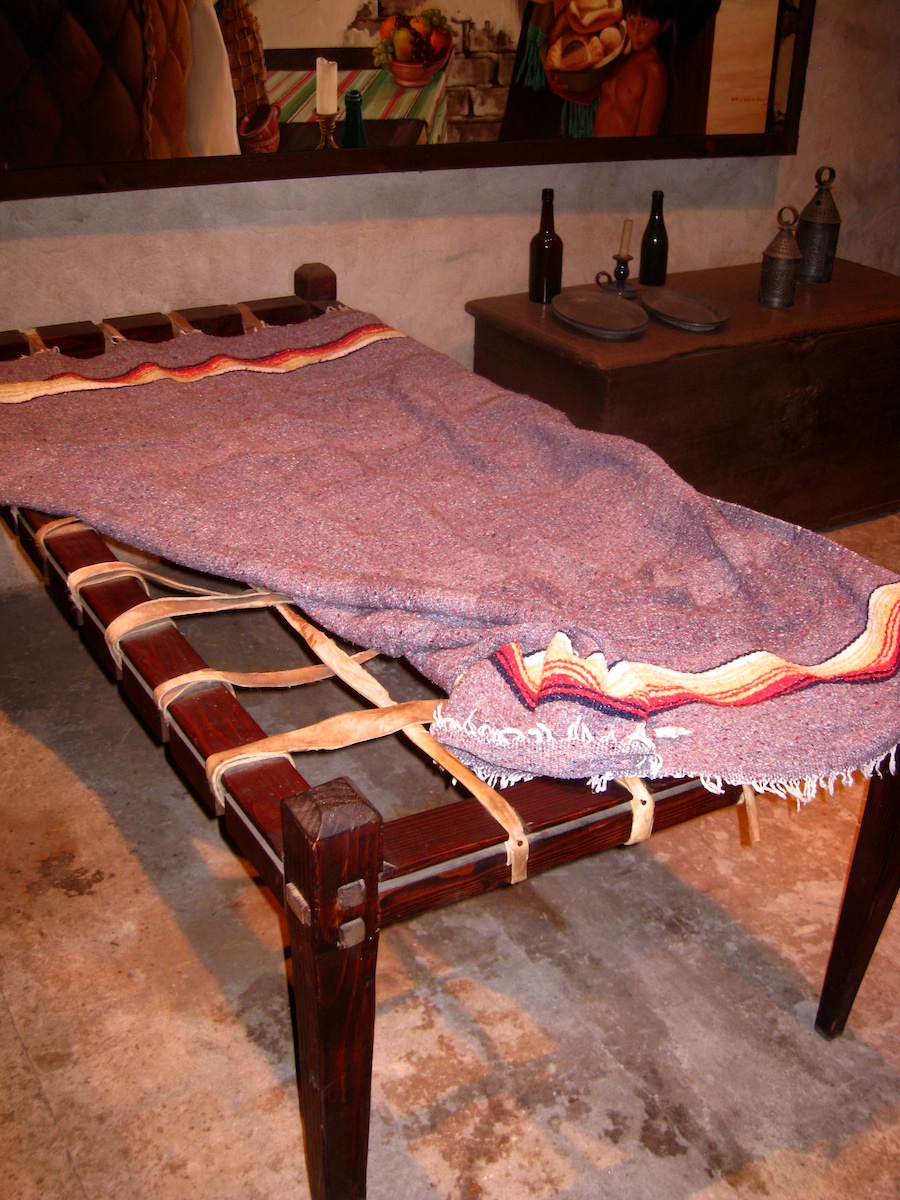
The soldiers quarters

Pretty spartan accommodations
Did You Know? - The success of the settlement is evident in its historical records. Prior to the arrival of the missionaries, some 550 natives were scattered throughout the local area; by 1790, the number of converted Christians had grown to 700, and just six years later nearly 1,000 "neophytes" (recent converts) lived in or around the Mission compound. 1,649 baptisms were conducted that year alone, out of the total 4,639 souls converted between 1776 and 1847.
More than 2,000 former inhabitants (mostly Juaneño Indians) are buried in unmarked graves in the Mission's cemetery (campo santos). The remains of Father (later Monsignor) St. John O'Sullivan, who recognized the property's historic value and working tirelessly to conserve and rebuild its structures, are buried at the entrance to the cemetery on the west side of the property, and a statue raised in his honor stands at the head of the crypt.
The surviving chapel also serves as the final resting place of three padres who passed on while serving at the Mission: Fathers José Barona, Vicente Fustér, and Vicente Pascual Oliva are all entombed beneath the sanctuary floor.

The plaster on the walls hid all the bricks making it not too bad
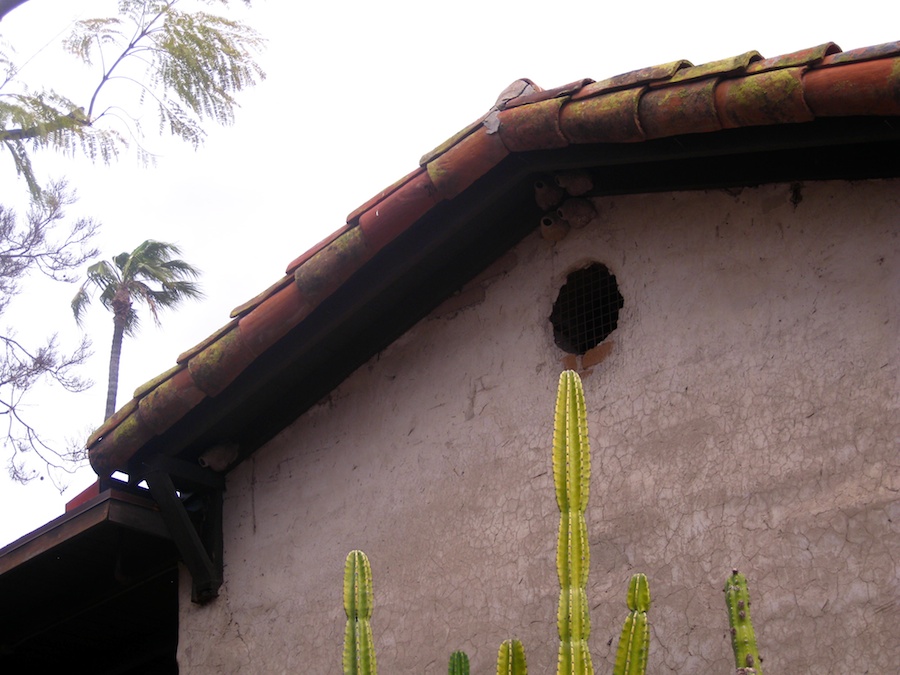
Check the Swallow nests under the eves
Did You Know? - The Cliff Swallow (Petrochelidon pyrrhonota) is a migratory bird that spends its winters in Goya, Argentina but makes the 6,000-mile (10,000 km) trek north to the warmer climes of the American Southwest in springtime. According to legend the birds, who have visited the San Juan Capistrano area every Summer for centuries, first took refuge at the Mission when an irate innkeeper began destroying their mud nests (the birds also frequent the Mission San Carlos Borromeo de Carmelo). The Mission's location near two rivers made it an ideal location for the swallows to nest, as there was a constant supply of the insects on which they feed, and the young birds are well-protected inside the ruins of the old stone church.
A 1915 article in Overland Monthly magazine made note of the birds' annual habit of nesting beneath the Mission's eaves and archways from Spring through Fall, and made the swallows the "signature icon" of the Mission; Father O'Sullivan utilized interest in the phenomenon to generate public interest in restoration efforts during his two decades in residence. One of bell ringer Acú's most colorful tales was that the swallows (or las golondrinas, as he called them) flew over the Atlantic Ocean to Jerusalem each winter, carrying small twigs on which they could rest atop the water along the way.
On March 13, 1939, a popular radio program was broadcast live from the Mission grounds, announcing the swallows' arrival. Composer Leon René was so inspired by the event that he penned the song "When the Swallows Come Back to Capistrano" in tribute. During its initial release the song spent several weeks atop the Your Hit Parade charts. The song has been recorded by such musicians as The Ink Spots, Fred Waring, Guy Lombardo, Glenn Miller,The Five Satins and Pat Boone. A glassed-off room in the Mission has been designated in René's honor and displays the upright piano on which he composed the tune, the reception desk from his office and several copies of the song's sheet music and other pieces of furniture, all donated by René's family.
Each year the Fiesta de las Golondrinas is held in the City of San Juan Capistrano. Presented by the San Juan Capistrano Fiesta Association, the Fiesta de las Golondrinas is a week-long celebration of this auspicious event culminated by the Swallows Day Parade and Mercado, street fair.[120] Tradition has it that the main flock arrives on March 19 (Saint Joseph's Day), and flies south on Saint John's Day, October 23.

Amazing rick work for 200+ years ago

The columns are straight as a string

In The Kitchen

The rook was open to let the smoke out... The walls were still soot covered

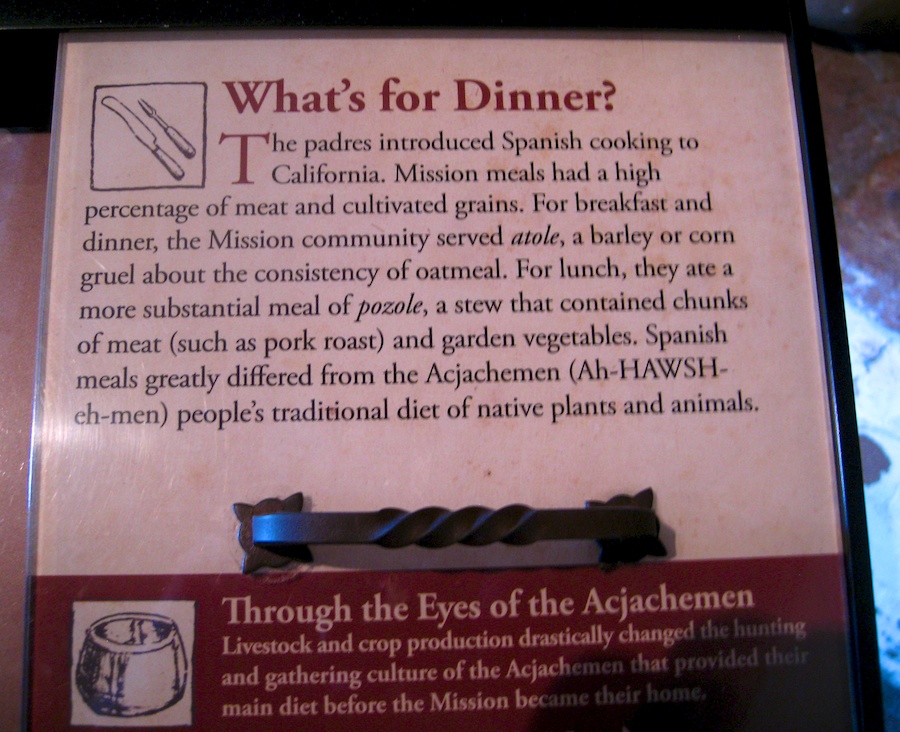
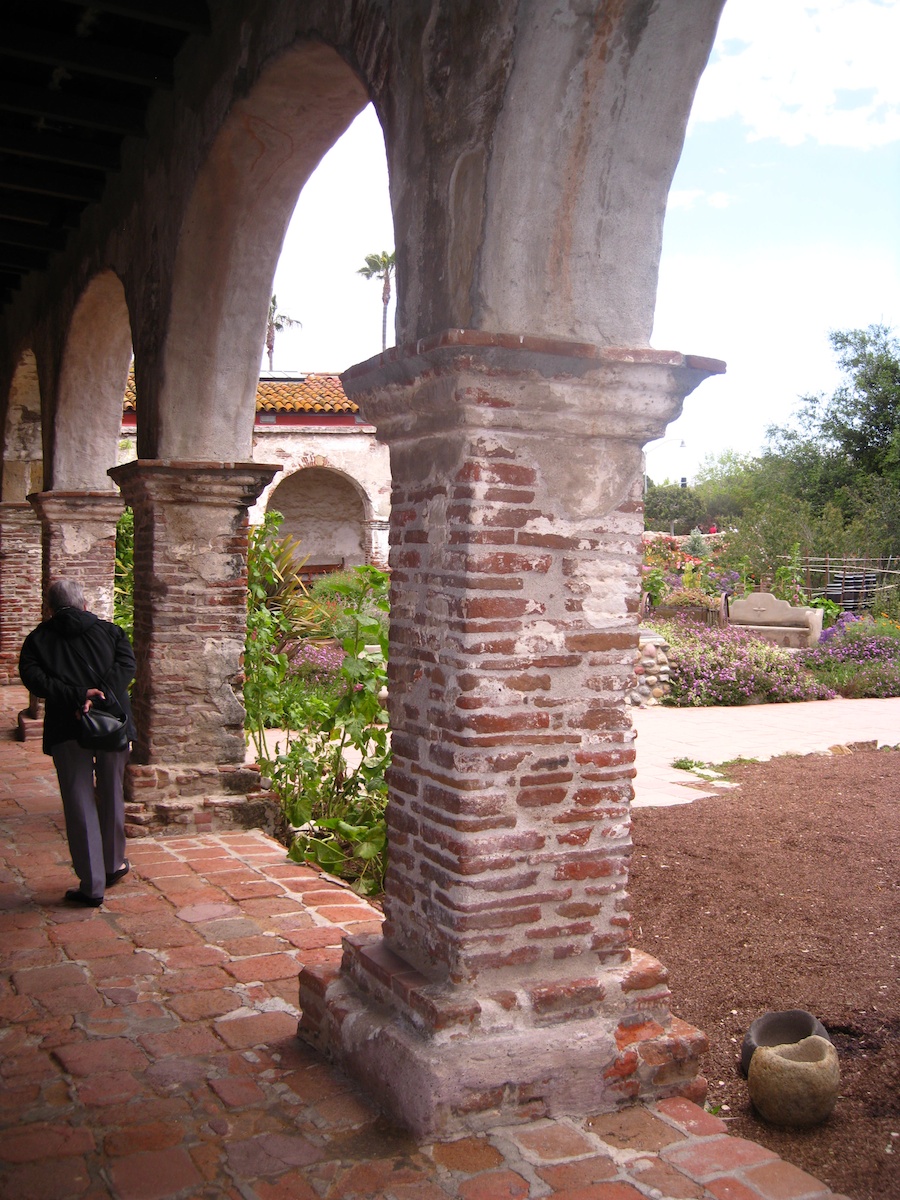
Back Outside In The PLaza
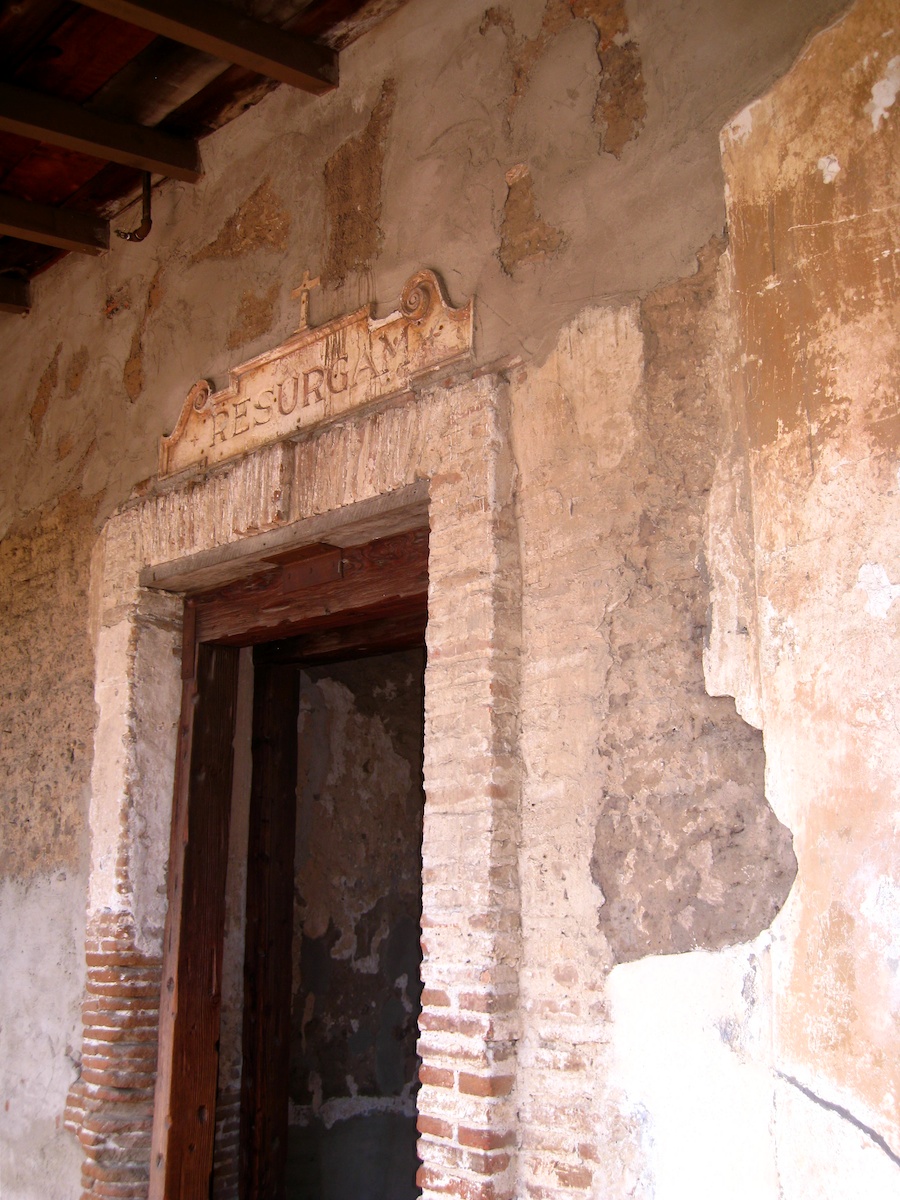
The entrance to the Patio

Amazing
Did You Know? - Merbromine, marketed as Mercurachrome, was an antiseptic that was nationally banned in 1998. Mercury was used as a treatment for syphilis until antibiotics were invented.
Mercury(I) chloride (also known as calomel or mercurous chloride) has been used in traditional medicine as a diuretic, topical disinfectant, and laxative. Mercury(II) chloride (also known as mercuric chloride or corrosive sublimate) was once used to treat syphilis (along with other mercury compounds), although it is so toxic that sometimes the symptoms of its toxicity were confused with those of the syphilis it was believed to treat.
It is also used as a disinfectant. Blue mass, a pill or syrup in which mercury is the main ingredient, was prescribed throughout the 19th century for numerous conditions including constipation, depression, child-bearing and toothaches.
In the early 20th century, mercury was administered to children yearly as a laxative and dewormer, and it was used in teething powders for infants. The mercury-containing organohalide merbromin (sometimes sold as Mercurochrome) is still widely used but has been banned in some countries such as the U.S.
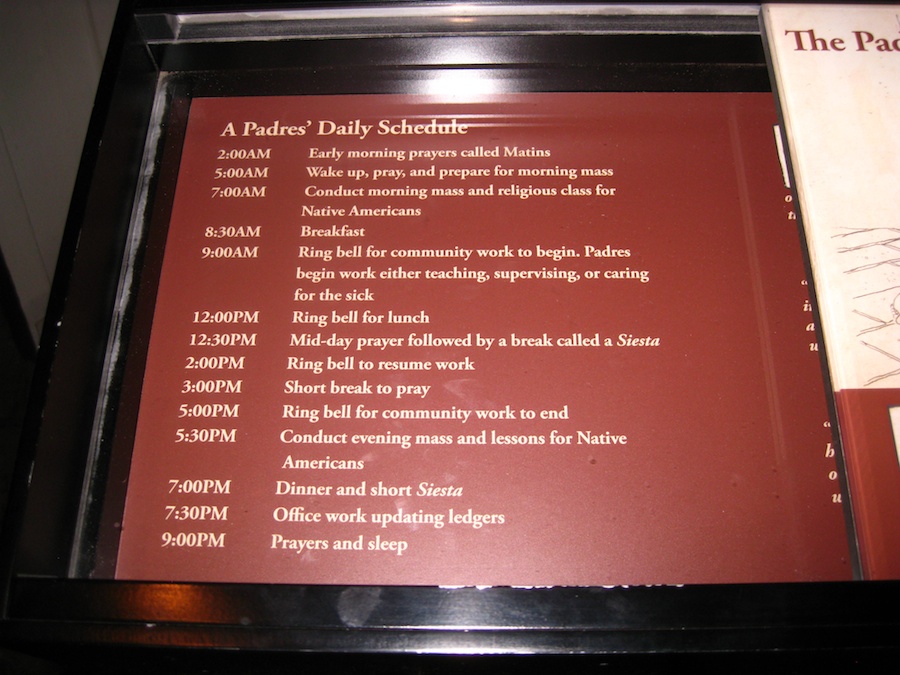
One busy day

Simple Techniques Worked!
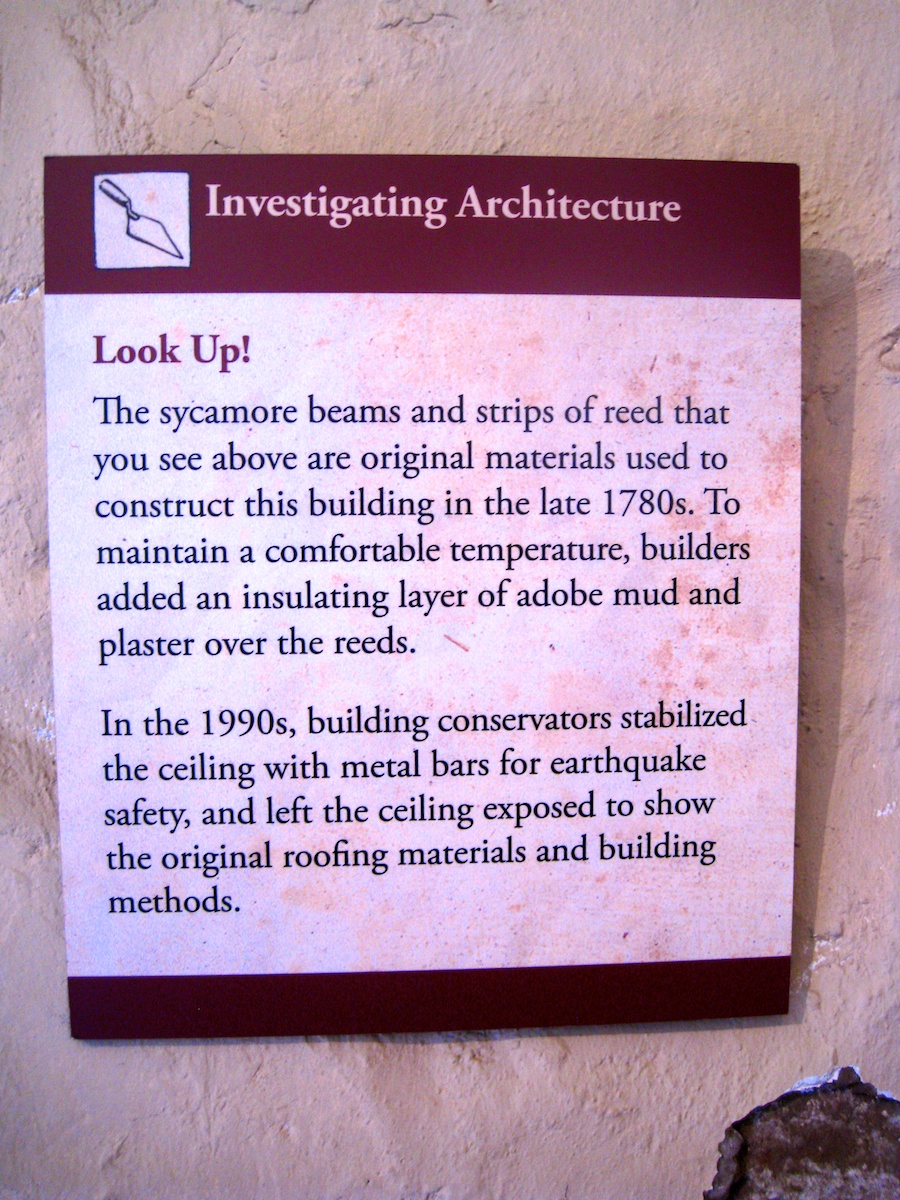


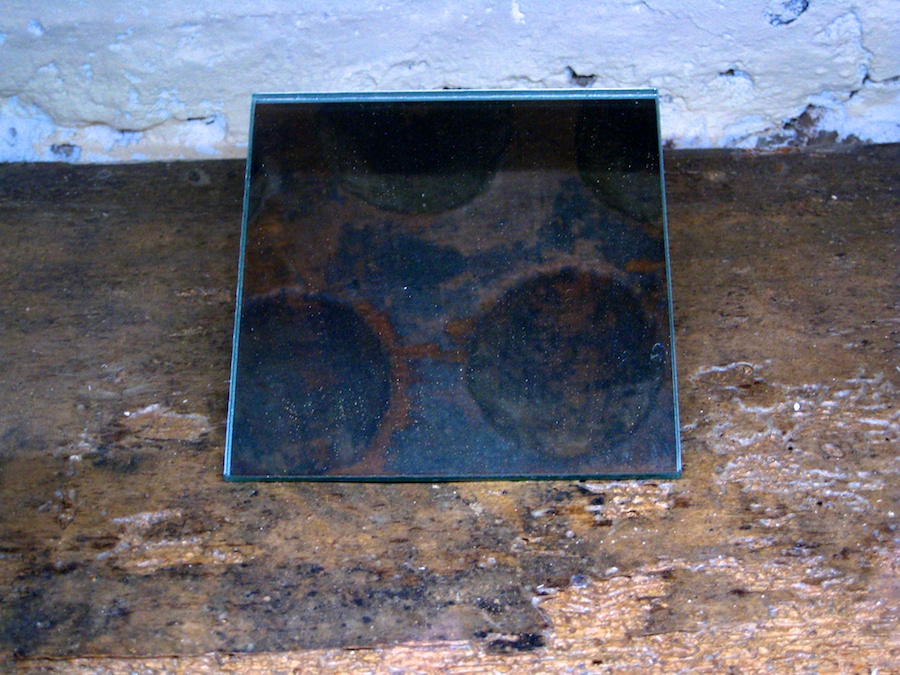
The mirror shows where the cannon balls would be set

It is spring time

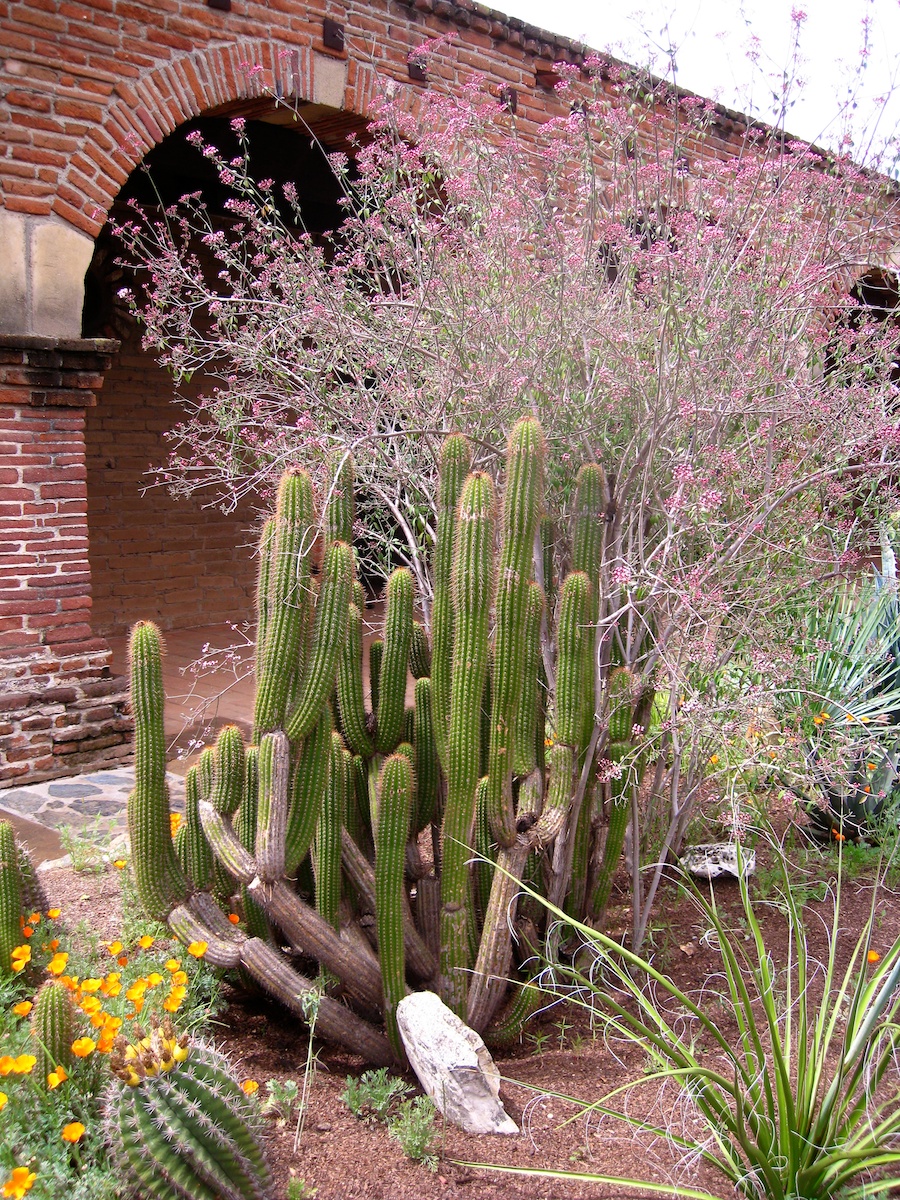
Did Someone Say Wine???

Made on the spot
Did You Know? - California's first vineyard was located on the Mission grounds, with the planting of the "Mission" or "Criollo" grape in 1779, one grown extensively throughout Spanish America at the time but with "an uncertain European origin." It was the only grape grown in the Mission system throughout the mid-19th century. The first winery in Alta California was built in San Juan Capistrano in 1783; both red and white wines (sweet and dry), brandy, and a port-like fortified wine called Angelica were all produced from the Mission grape.

Inside and...

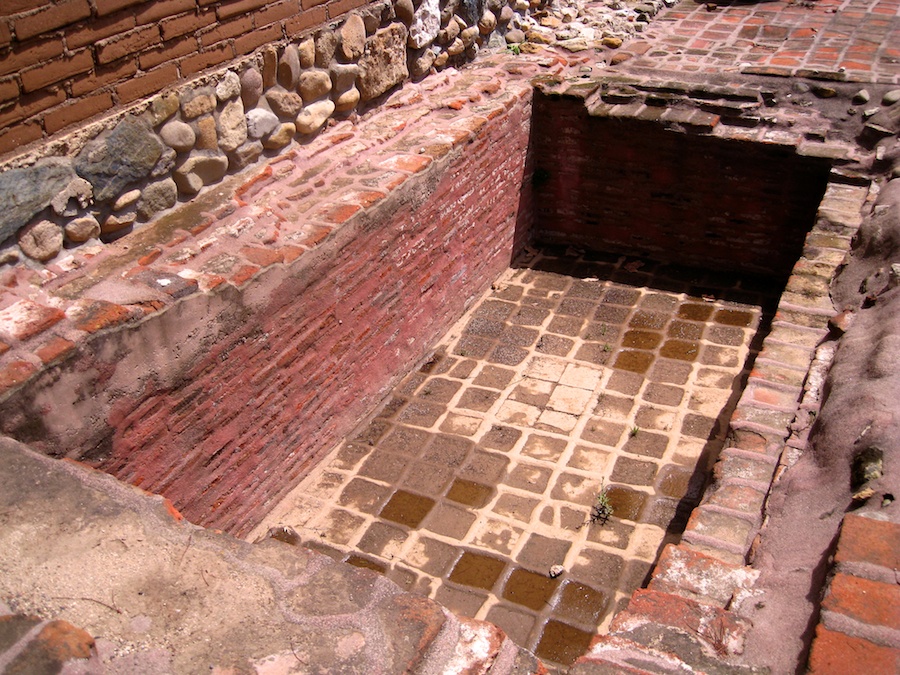
Outside
Did You Know? - The original European strain, until recently, had been lost, thus the grapes' being named "Mission grapes" since the Spanish missions are where they were generally grown. The grape was introduced to the Las Californias Province of New Spain, present-day California, in the late 18th century by Franciscan missionaries. Until about 1850, Mission grapes, or Criolla, represented the entirety of viticulture in California wines. At the present time, however, Mission represents less than 1000 acres (4 km²) of total plantings in the entire state. Most of the state's remaining plantings are in the Gold Country, the Central Valley, and Southern California.[


The Industrial Area of the complex
